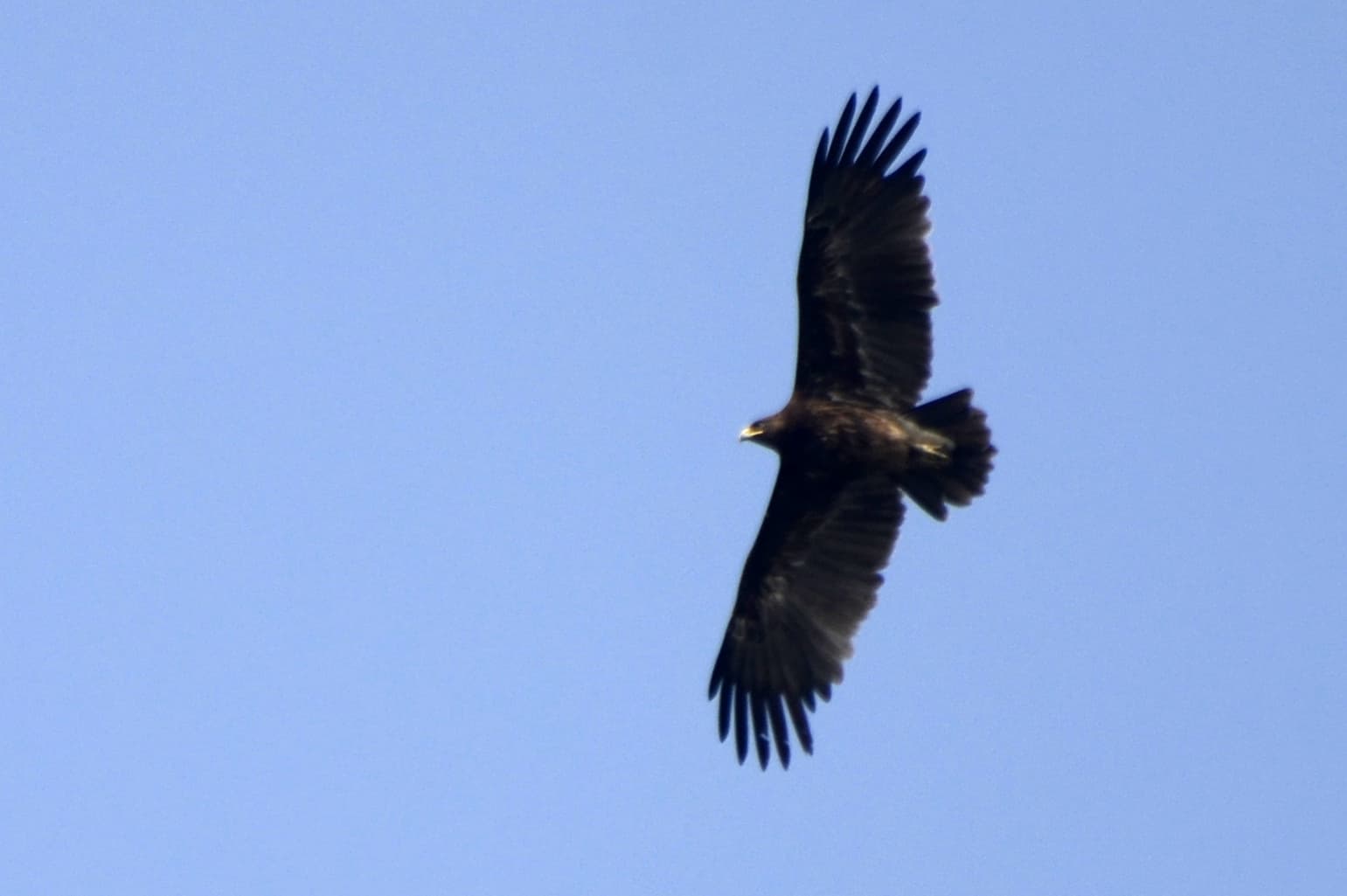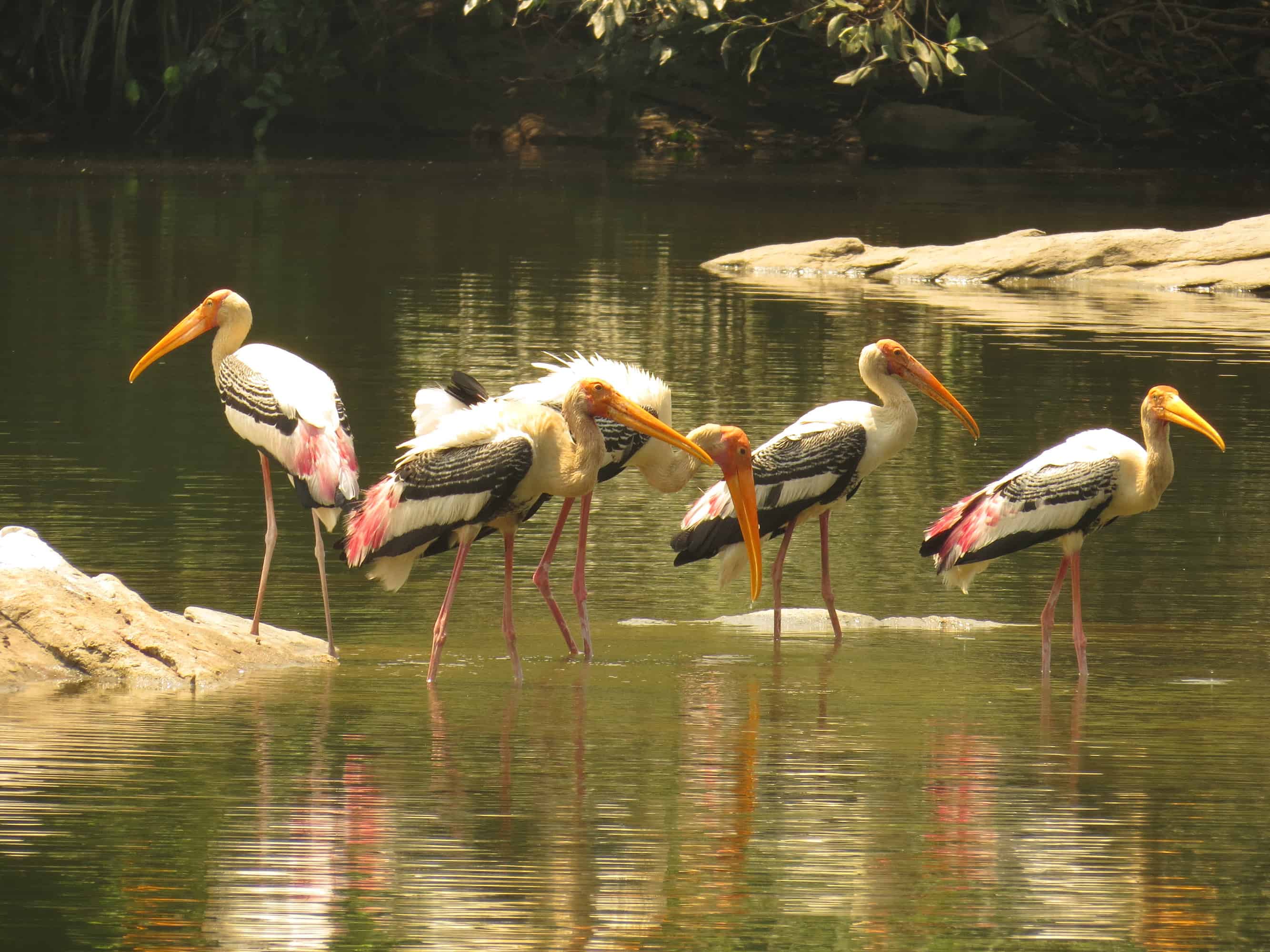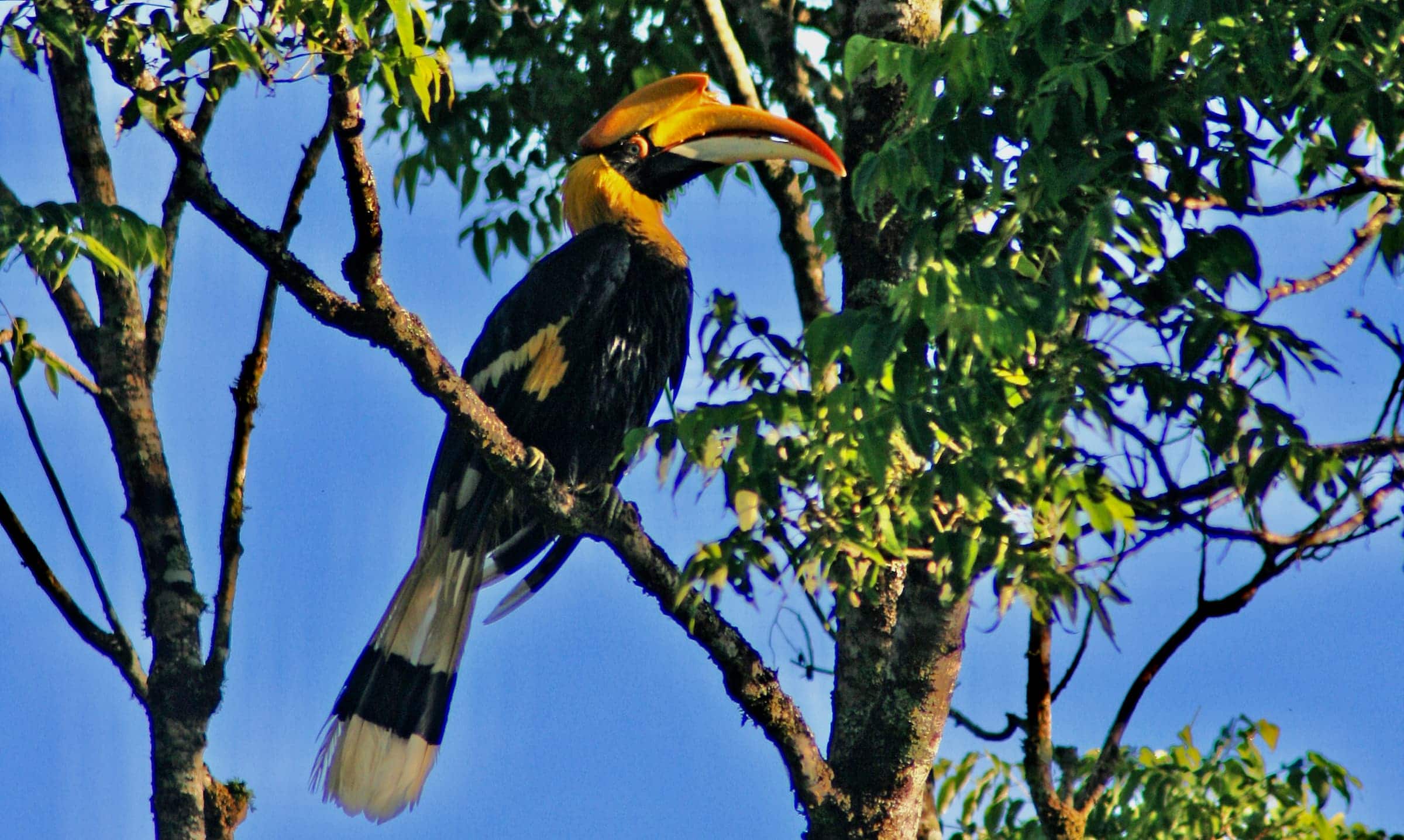When you think of an excellent birdwatching destination, India may not immediately spring to mind. But, in the shadow of the better-known big game, there is an astounding variety of birdlife to be found all over the country.
Here’s our pick of 5 of the top bird sanctuaries in India, along with a few tips on locations not classified as bird sanctuaries.
1. Thattekad Bird Sanctuary, Kerala
In the southern state of Kerala you’ll find Thattekad Bird Sanctuary, one of the most important bird sanctuaries in India. An evergreen, lowland forest described by eminent ornithologist Salim Ali as the ‘richest bird habitat of peninsular India,’ you’ll find hundreds of rare and endemic species around the park.
With ETG you can explore the area with village walks, bicycle trips and kayaking on the lakes. Experiences will range from early morning to late evening and change depending on the weather. To really immerse yourself in the lush natural surroundings, we’d recommend staying at the nearby Hornbill Camp, twenty tent-houses that lie just across the river.

2. Mangalajodi, Odisha
Located on the northern edge of Chilaka lake (Asia’s largest brackish water lake), the tranquil wetlands at Mangalajodi is home to birds from the Caspian Sea, Lake Baikal and the Aral Sea between mid-December and February. And, you can get how incredibly close-up to this huge variety of birdlife by small boat!
Like a lot of rural India, Odisha and northerly neighbour, West Bengal has a profusion of birdlife outside the cities. Combining Mangalajodi with Bhubaneshwar, Dhenkanal Palace (and the sunworshippers of the mahima dharma, the Rajbari Bawali and Kolkata would make for an incredible off the beaten track adventure for both birders and non-birders.
3. Salim Ali Bird Sanctuary, Goa
Goa’s Salim Ali Bird Sanctuary, named after the famous ornithologist, is the only bird sanctuary in Goa (though the biodiversity and birdlife of the state as a whole are vastly underrated in our opinion!). With your naturalist, you can easily walk, cycle or take a boat ride through the mangroves depending on your preference and the types of birds you want to see.
We believe Goa is an underrated destination and unfortunately isn’t explored beyond its famous beaches (some of which we believe are overrated, some of which are stunning!). If you have time in the Portuguese influenced state then a day viewing such a variety of colourful birds is a great way to spend your time and experience Goa beyond its beaches.
4. Keoladeo National Park, Rajasthan
A remarkable bird sanctuary near Agra, Bharatpur sits on the north-south avian migration route. As such, it is considered one of the best water bird sanctuaries in the world. It attracts over 400 species, but it is perhaps most famous for being the home of the rare Siberian crane. In the park, you can walk, ride bicycles or take a rickshaw or boat. It is also considered by some to be the biggest bird sanctuary in Asia, although accounts differ!

5. Ranganathittu Bird Sanctuary, Karnataka
The largest bird sanctuary in Karnataka, Ranganathittu makes a fantastic day trip from Mysore or Bangalore. Its landscape is unusual in that its comprised of a series of islands and islets, so you travel around by boat. A ranger can guide you through the park and point out the many migratory bird species.

What is the best place for bird watching in India?
Pangot, in the foothills of the Himalayas in Uttarakhand, whilst staying at Jungle Lore Birding Lodge is the best place for bird watching in India, in our opinion. If you have flexibility then between December-January, when the bird activity is excellent, or around April-May when most of the birds display their breeding plumage are the best times. It can be quite cold in December and January and quite hot in May so a good balance in conjunction with other areas you may want to visit in India is between mid-February and early April. For really keen birders we highly recommend combining your time in Pangot with time in Corbett National Park and for the adventurous a few nights in the remote Vanghat Lodge on the northern edges of the park.
Shout-outs for incredible birdlife also go to Kaziranga National Park, Satpura National Park and Chambal Wildlife Sanctuary.
The main birding habitats in India are generally forests, scrub, grassland & farmland, deserts and wetlands, each of which is home to specific types of bird species. Thus, it’s worth noting that amazing birdlife experiences aren’t just restricted to bird sanctuaries and national parks in India. Areas like Kerala, Karnataka and Rajasthan team with a variety of birdlife as well states further afield like Gujurat and Assam.
Which is the most beautiful bird in India? A Twitchers Perspective…
We contacted one of our in-country partners who is an avid twitcher. Here, Sinna, head of our south India operations talks about his favourite bird in India:
My all time favourite bird in India has got to be the Great Indian Hornbill. As it mostly stays in the heavily wooded jungles, sighting one in the wild is not easy. Locally called Mallamuzhaki Vezhambal which literally translates as the hornbill that resonates the hills, their calls are very distinctive like a loud booming human laugh. You often hear the flapping sound generated by its wings as it flies before you actually see it. The Great Indian hornbill is the largest of the 7 types of hornbill found in India. Due to habitat loss and impact of human interactions the Great Indian Hornbill was an endangered bird. Of late the new wildlife regulations and conservation efforts have been a great help in protecting this magnificent bird. In Southern India they are found mostly in the dense rainforests of the western ghats. The main areas to spot them are the forests of Periyar Tiger Reserve, the Thattekad region, the Nelliyampati hills and the Anaimalais. Due to the availability of decent accommodation the best option to visit would be Periyar and Thattekad. My personal favourite place to see them is the Periyar Forest Bungalow, the only private estate in the core zone of the National Park. The stay here is comfortable but not luxurious. The upper region of the estate is not planted and allowed to grow wild and in addition there are parts of the estate reclaimed by the jungle making it a haven for wildlife. Its here that you often get to spot the Great Indian Hornbill on the early morning walks. Feb/Mar is a good time for spotting them as that is their breeding season in the area.

Curious about birdlife in India?
If you’d like to chat about other Bird Sanctuaries in India or other wildlife opportunities on your trip to India, please do get in touch on 020 3627 3086 or request a call back here. To see examples of birding itineraries check out our Birds of South India example and our birdlife of North India trip.

